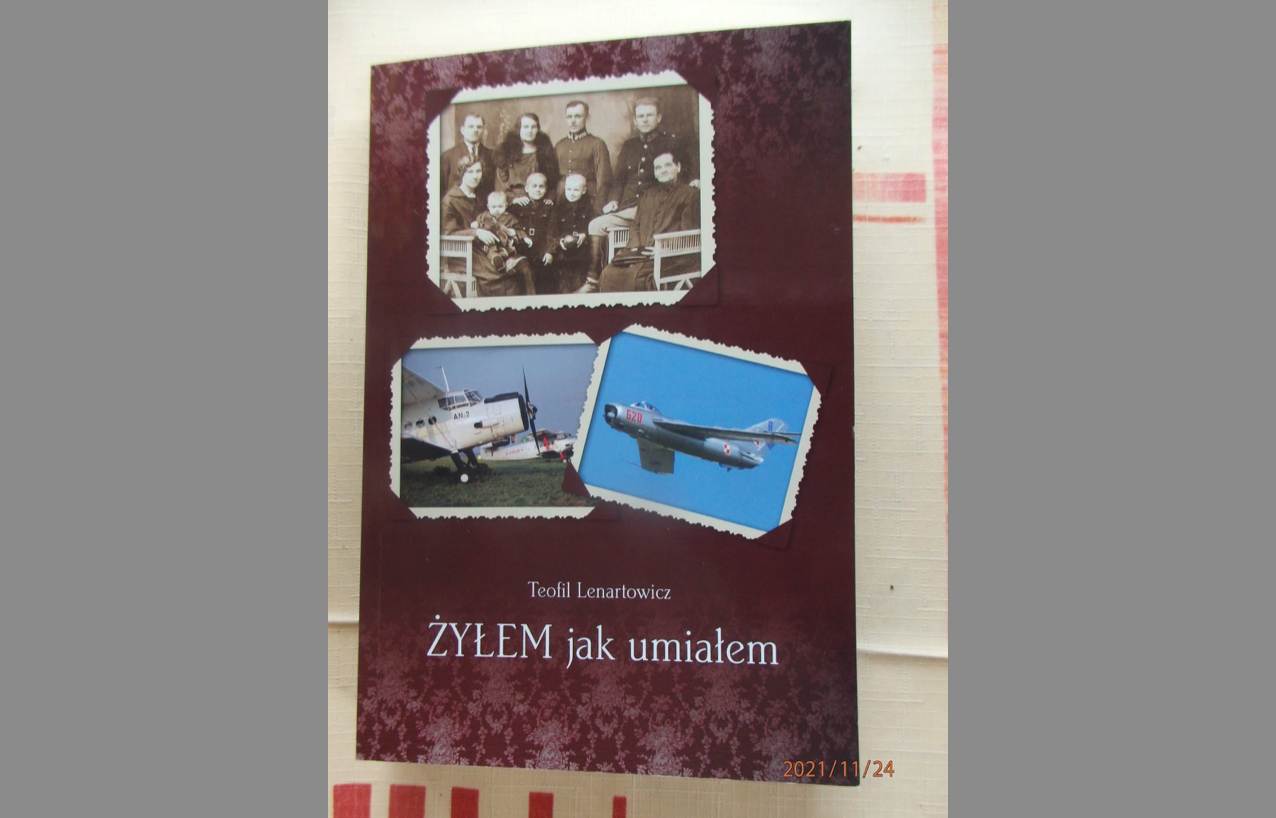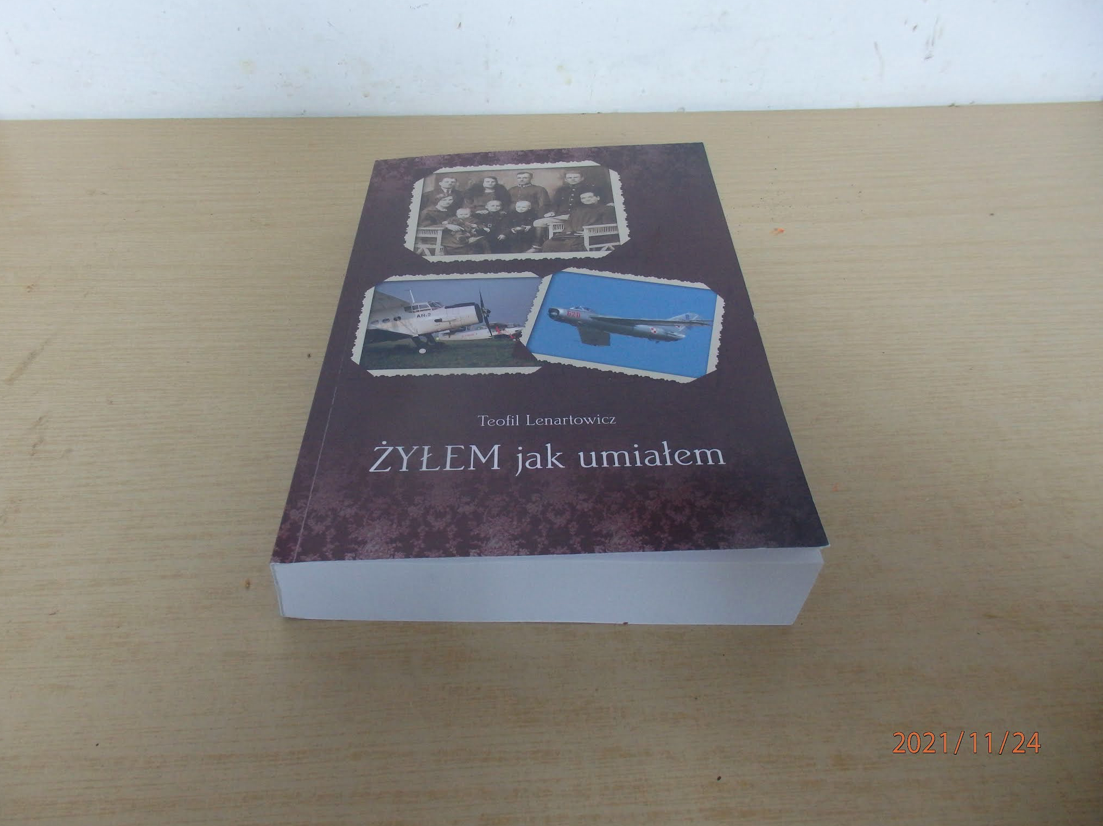Wrocław, środa, 24 listopada 2021r.
Teofil Lenartowicz
Ending the blog.
Goodbye friends.
There comes a moment in life when you have to end a certain stage of your life and say goodbye to friends reading my blog. This is the moment and I will not write any more, because I do not have the strength to do so. I wrote a book about my life entitled "I lived as I could" and I only printed it in a few copies, because I do not have the strength to distribute it.
It is part of my life because it ends with my retirement. I sent them to several people and that’s it. The book contains 800 pages with several hundred photos along with the text. They were sent to addressees by post a few days ago. It contains a lot of blog articles and concerns my life from childhood until my retirement from work at WSK PZL Mielec. The rest of my life only remained in electronic form on my laptop.
I greet everyone and thank you for your comments, and I apologize to those whom I have offended.
Teofil Lenartowicz
Wrocław, on November 24, 2021.
Post Scriptum.
Mr. Teofil Lenartowicz is still an active retired man. There are more of his articles on the blog. He actively participates in aviation meetings, especially in Wrocław and Mielec. His mission is to preserve the memory of the Polish Aviation, which was developing despite difficult times.
Karol Placha Hetman


